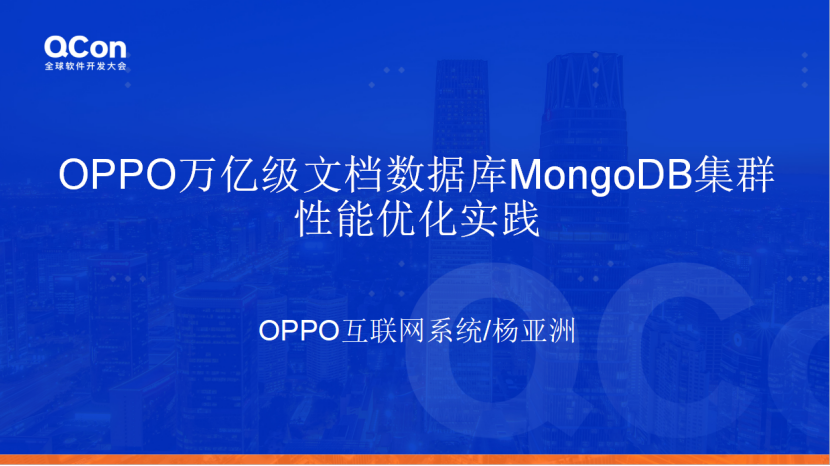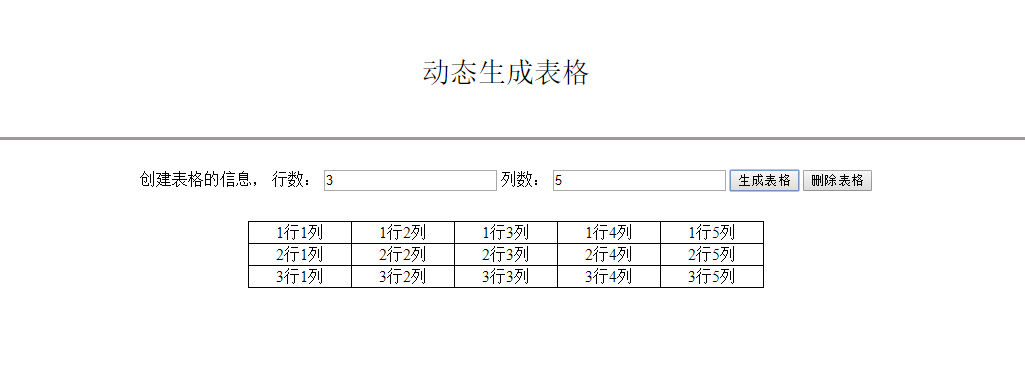When you setup an Auto Scaling groups in AWS EC2 Min and Max bounds seem to make sense:
- The minimum number of instances to scale down to based on policies
- The maximum number of instances to scale up to based on policies
However, I've never been able to wrap my head around what the heck Desired is intended to affect.
I've always just set Desired equal to Min, because generally, I want to pay Amazon the minimum tithe possible, and unless you need an instance to handle load it should be at the Min number of instances.
I know if you use ElasticBeanstalk and set a Min to 1 and Max to 2 it sets a Desired to 2 (of course!)--you can't choose a value for Desired.
What would be the use case for a different Desired number of instances and how does it differ? When you expect AWS to scale lower than your Desired if desired is larger than Min?
Here are the explanations for the "min, desired and max" values from AWS support:
MIN: This will be the minimum number of instances that can run in your
auto scale group. If your scale down CloudWatch alarm is triggered,
your auto scale group will never terminate instances below this number
DESIRED: If you trip a CloudWatch alarm for a scale up event, then it
will notify the auto scaler to change it's desired to a specified
higher amount and the auto scaler will start an instance/s to meet
that number. If you trip a CloudWatch alarm to scale down, then it
will change the auto scaler desired to a specified lower number and
the auto scaler will terminate instance/s to get to that number.
MAX: This will be the maximum number of instances that you can run in
your auto scale group. If your scale up CloudWatch alarm stays
triggered, your auto scale group will never create instances more than
the maximum amount specified.
Think about it like a sliding range UI element.

With min and max, you are setting the lower bound of your instance scaling. Withe desired capacity, you are setting what you'd currently like the instance count to hover.
Example:
You know your application will have heavy load due to a marketing email or product launch...simply scale up your desired capacity beforehand:
aws autoscaling set-desired-capacity --auto-scaling-group-name my-auto-scaling-group --desired-capacity 2 --honor-cooldown
Source
When you expect AWS to scale lower than your Desired if desired is
larger than Min?
This happens when you set a CloudWatch alarm based on some AutoScaling policy. Whenever that alarm is triggered it will update the DesiredCount to whatever is mentioned in config.
e.g., If an AutoScalingGroup config has Min=1, Desired=3, Max=5 and there is an Alarm set on an AutoScalingPolicy which says if CPU usage is <50% for consecutive 10 mins then Remove 1 instances then it will keep reducing the instance count by 1 whenever the alarm is triggered until the DesiredCount = MinCount.
Lessons Learnt: Set the MinCount to be > 0 or = DesiredCount. This will make sure that the application is not brought down when the mincount=0 and CPU usage goes down.
Desired capacity simply means the number of instances that will come up / fired up when you launch the autoscaling. That means if desired capacity = 4, then 4 instances will keep on running until and unless any scale up or scale down event triggers. If scale up event occurs, the number of instances will go up till maximum capacity and if scale down event occurs it will go down till the minimum capacity.
Correct me if wrong, thanks.
Based on my reading, in layman's terms, DesiredCapacity value is automatically updated on scale-in and scale-out events.
In other words,
Scale-in or Scale-out are done by decreasing or increasing the DesiredCapacity value.





